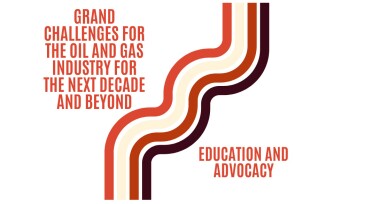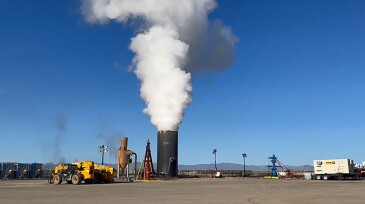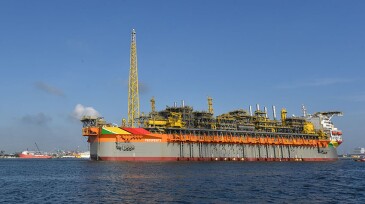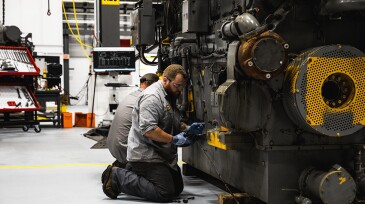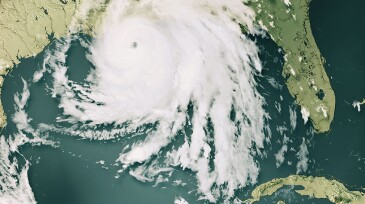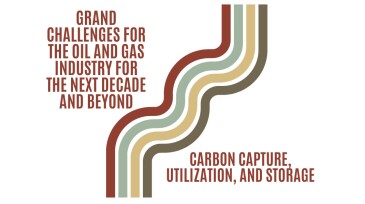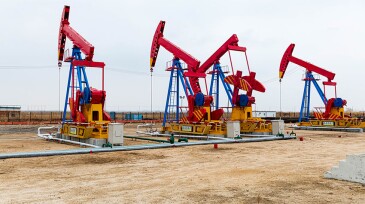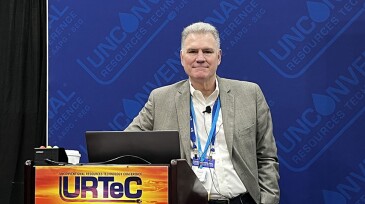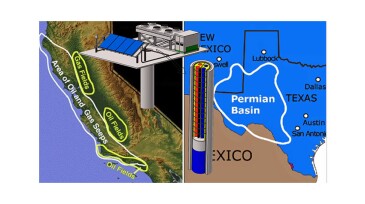Monthly Features
-
Data and impartial viewpoints can help de-risk exploration portfolios and keep resource estimates in check.
-
A new tubing-conveyed tool combines wellbore cleanout with multi-tracer deployment for production diagnostics and reservoir monitoring.
-
Alaskan oil is entering a renaissance driven by a predicted 13% upswing in 2026 production, the largest since the 1980s, and a possible reboot of LNG exports to Asia from the Kenai Peninsula, supplied via pipeline from the North Slope.
-
Technology developers expect the tight-oil industry to give lightweight proppants another look after the Permian Basin’s biggest operator becomes an adopter.
-
Adaptability, collaboration, and digital technologies are all pages in Aramco’s oilfield R&D playbook.
-
Operators from across the region met in Muscat to share how lessons from pilot programs are shaping cost, scale, and technology priorities across the region.
-
One hydraulic fracturing job can stimulate two wells, but economic success hinges on doing it in the right place for the right price.
-
The energy industry faces a shortage of skilled professionals, and high salaries aren’t enough to attract new talent. We need to show how careers in this field offer meaning and stability, with transferable skills across energy sectors.
-
Fervo Energy proved fracturing can harvest geothermal energy and is now rapidly learning to build a utility-scale power plant.
-
Since the late 1930s, the offshore industry has advanced from the first platform in 14 ft of water to the ultradeepwater 20K era. Driven by seismic, drilling, and development breakthroughs, the industry has pushed into deeper waters, high-pressure reservoirs, and new frontiers like Guyana, continually expanding the limits of offshore exploration.
-
To choose the right technologies for a gas-compression package, it’s critical for operators to have a clear understanding of their business and greenhouse‑gas emissions-related goals. Operators also need clarity concerning the impact of evolving requirements on total cost of ownership as well as potential financial ramifications.
-
Hurricane prognosticators continue to believe the 2024 Atlantic storm season will be more active than normal, even after a somewhat slow start. In any case, the oil field is ready.
-
The Earth has huge capacity to store carbon dioxide emitted from energy production. This article discusses the technology of carbon capture, utilization, and storage (CCUS) and its challenges.
-
A special Legends of Artificial Lift Luncheon on 20 August at the SPE Artificial Lift Conference and Exhibition celebrated six individuals for their outstanding contributions to the technical knowledge in this field: Ali Hernandez, Louis Ray, Francisco Alhanati, James Hall, Lawrence Camilleri, and Toby Pugh.
-
The new frontier of production improvement combines surveillance techniques and analysis to determine which variables boost output.
-
Geo2Watts is transforming abandoned oil and gas wells into renewable energy assets using solar power and sand. In this exclusive Q&A, co-founders Phil Cruver, Bill Bartling, and Ken Murray share their vision and the innovative technology behind their “borehole battery.”
Explore Content by Discipline
Power Up With JPT Newsletters
JPT Newsletter (Weekly).
All the top stories, trends, and tech.
JPT Unconventional Insights (Monthly).
Fresh takes on shale and tight oil.
Get JPT articles in your LinkedIn feed and stay current with oil and gas news and technology.








